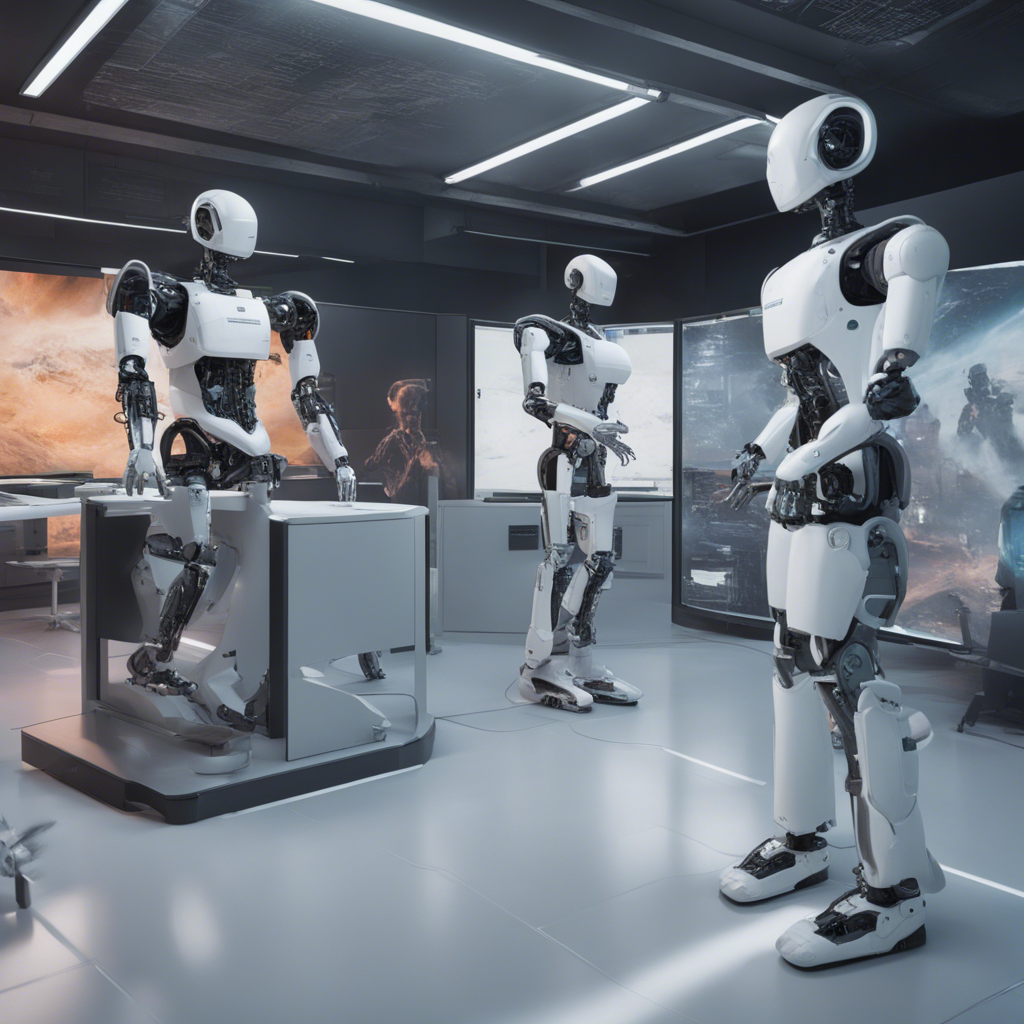
Introduction
In the rapidly evolving world of artificial intelligence (AI), the concept of “Bring Your Own AI Model” (BYOAI) has emerged. This approach allows users to integrate their custom-trained AI models into existing platforms or applications. While this may sound like a flexible solution, it’s not always the best choice for productized applications, especially when it comes to controlling the user experience. Let’s delve into the reasons.
1. Inconsistent User Experience
Problem:
When you allow users to bring their own AI models, you’re essentially giving up control over a significant part of the user experience. Different models can produce varying results, even when given the same input.
Implication:
This inconsistency can lead to a fragmented user experience, where some users might get highly accurate results, while others face inaccuracies or irrelevant outputs.
2. Quality Assurance Challenges
Problem:
Ensuring the quality of an AI model is a rigorous process. With BYOAI, you’re relying on external entities to maintain the quality standards that align with your platform’s reputation.
Implication:
This can expose your application to subpar models that might not only produce inaccurate results but could also introduce biases or other undesired behaviors.
3. Increased Complexity
Problem:
Supporting a variety of external models means your platform needs to handle different architectures, input-output structures, and potential dependencies.
Implication:
This can complicate the integration process, making it harder for developers to ensure smooth operations and can lead to more frequent bugs or system crashes.
4. Security Concerns
Problem:
Integrating external AI models can introduce vulnerabilities. You can’t always guarantee that these models are free from malicious code or backdoors.
Implication:
This poses a risk not only to your platform but also to the data and privacy of your users.
5. Resource Intensiveness
Problem:
Supporting a multitude of AI models can be resource-intensive. Each model might have its own computational requirements, and handling them simultaneously can strain your infrastructure.
Implication:
This can lead to slower response times, increased costs, and a diminished user experience.
6. Difficulty in Offering Support
Problem:
With users bringing their own models, your support team needs to be familiar with a wide range of architectures and potential issues associated with each.
Implication:
This can stretch your support resources thin and lead to longer resolution times for user issues.
Conclusion
While the idea of “Bring Your Own AI Model” offers flexibility and can be appealing in certain scenarios, it introduces a range of challenges for productized applications. For businesses aiming to provide a consistent, high-quality user experience, it might be more beneficial to maintain control over the AI models integrated into their platforms.
Remember, the key to a successful productized application lies in its reliability, consistency, and the overall user experience it offers. Before jumping on the BYOAI bandwagon, weigh the pros and cons to make an informed decision.






